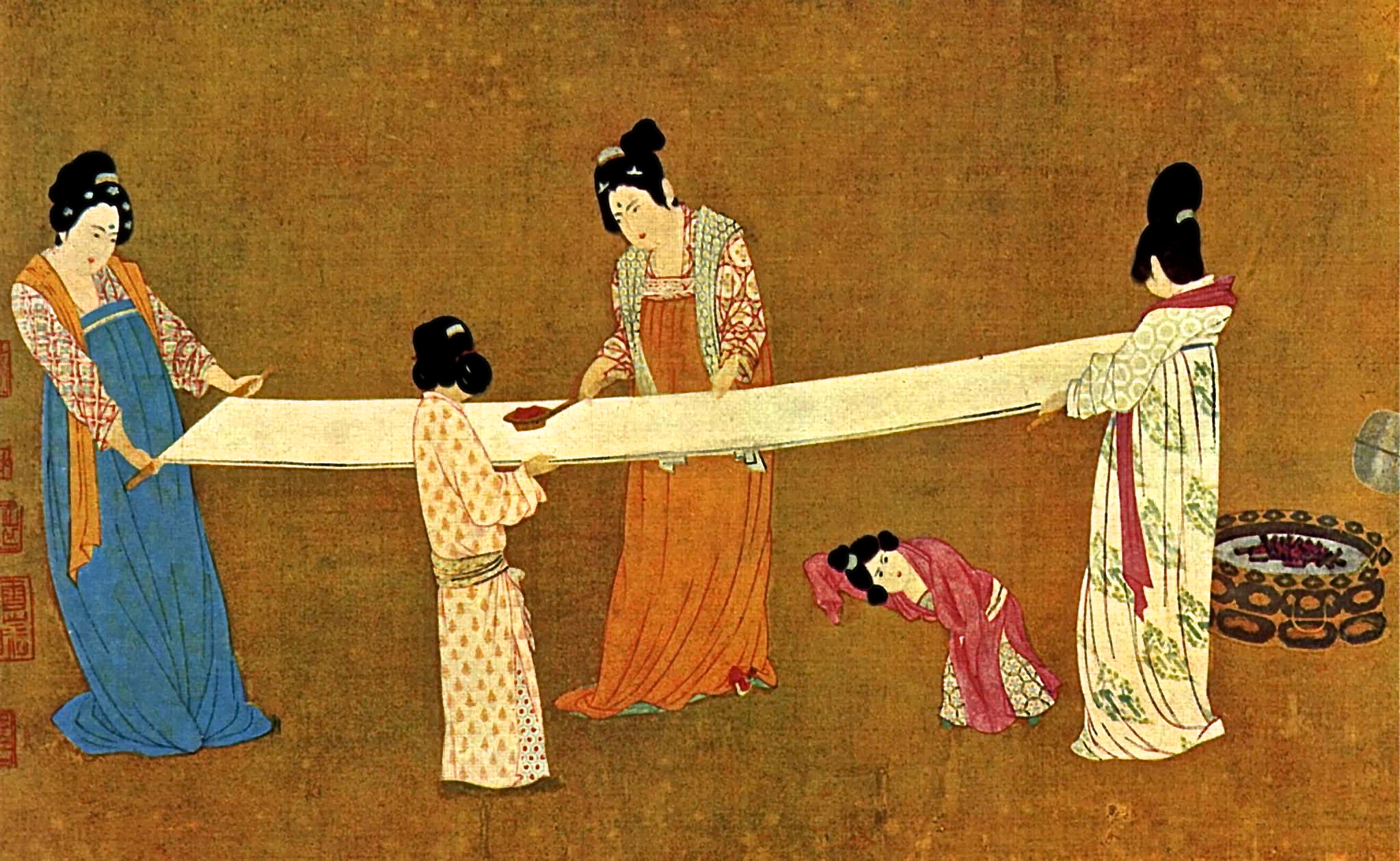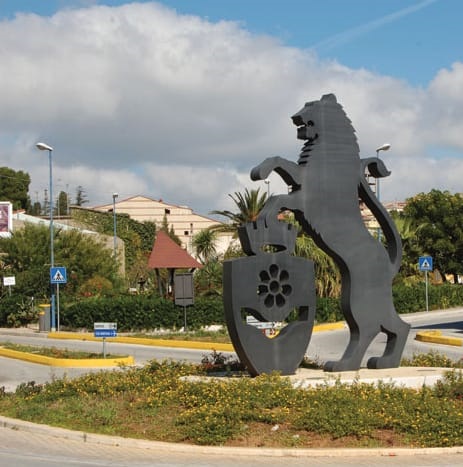Like all precious things, silk has its legends. It was the Empress of China, Hi Ling Shi, wife of the great Yellow Emperor, the first of the five Ti, who discover this amazing thin wire in the imperial garden of her husband and became the progenitor of the famed Silk Road.
The story goes that the Empress began to wrap a thread found in the mulberry garden around her finger and, out of curiosity to understand the origin, continued to carry the thread and followed the path. The particular surprise was that as more and more covered her finger she felt a surprising warmth permeate the finger.
At one point, she came to the cocoon from which came the wire, and a little farther on she saw the strange caterpillars, silkworms, intent on eating voraciously the tender leaves of the mulberry tree. She understood the connection between the thread and the silkworm cocoon and immediately guessed what it was like to be wrapped with nice fabrics made with these soft and shiny threads.
We are in northern China possibly before 3000 BC and, as if by magic, a people that found themselves dressed in animal skins, were being wrapped in iridescent silk. In fact, the raw silk garments were reserved exclusively for the emperor and his court and Empress personally oversaw the breeding of silkworms in the imperial garden together with her court ladies.
With severe penalties for disclosure, the secret was closely guarded within the confines of the Celestial Empire for more than two millenia. There is no other product that can boast a history so vast, a story has woven peoples and continents, and one that has enriched and set in motion the first trade between the East and the West - the creation of a great trading network, the Silk Road.
Silk has been subject of exciting adventures, such as its travel to Justinian along the silk road from central Asia to Constantinople. Traditionally the most valuable fiber, it has been desired by sovereigns all over the world since the Roman emperors. The story of the silk road ends with the skill of the weavers who were able to weave the yarn into fabrics which, in turn, have made fortunes for the master craftsmen of entire cities like Venice.
And from the Veneto, in an area not far from Venice, a group of entrepreneurs is following the ancient knowledge of silkworm rearing, spinning and weaving by hand for a Rinascimento of the silk dream, creating precious artifacts to wear made with Italian silk and gold.
Giampietro Zonta and Daniela Raccanello, founders of D'Orica, have retraced the nearly forgotten path and returned to making Italian Style garments ethically – of rebuilding ‘Made in Italy’ along our own Silk Road. A Special Project of Energitismo has been founded and was announced at the Enegitismo Open Day on 15 November.
Silk worm cultivation taught by CRA institute in Padova is the baseline for local bachiculture. A spinning mill has been puchased and refurbished locally. We have already spun silk threads of 20 denier (10 filaments wound together) sufficient to fashion fine jewellery at D'orica by integrating Dorica miniature gold spheres with fine silk strings. Ilario Tartaglia is also involved in trial weaving of the silk thread on his traditional Jacquard style looms in Cartigliano.








Follow us